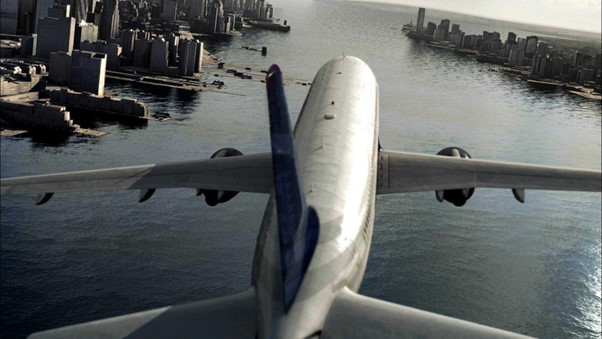
04/12/2023
When crisis communications work
US Airways Flight 1549 was a regularly scheduled US Airways flight from New York City, but on January 15, 2009, the Airbus A320 struck a flock of birds shortly after take-off from LaGuardia, losing all engine power. Given their position in relation to the available airports and their low altitude, pilots Chesley "Sully" Sullenberger and Jeffrey Skiles decided to glide the plane to then ditch in the Hudson River off Midtown Manhattan. All 155 people on board survived.
The time from the bird strike to the ditching was less than four minutes.
There are many reasons why this incident had such a successful outcome, including training the crew and testing incident response procedures. A significant area of interest that could help with how we verbally transfer information at a multiple casualty incident is the communication between the pilot and ground personnel.
Often in multiple casualty events, post-incident debriefs will highlight that, at some point, communications became problematic and led to an adverse outcome. The incident of Flight 1549 provides a chance to review a positive outcome where exemplary communication played a major part in the success of the incident. The communication throughout the event highlights many of the positive traits we require when communicating in stressful events.
There were various factors that resulted in the positive communications, below we will look at some of the key areas.
A communications network that challenges leadership or authority with no clear aim has the risk of being ineffective and working in a climate of conflict. The decision-makers during Flight 1549 operated within the positive culture which indicated:
- They were working toward a common goal.
- There was a clear leader of the incident – the pilot.
- There was no challenge to this leadership.
A problem often cited by emergency service personnel is that ‘there are so many people on the communication net it can become difficult to convey the information’. We often find that people on the net don’t need to be there or are limited in their decision-making. Once again, the incident of Flight 1549 clearly outlined that:
- The only people on the communication net were the decision-makers.
- Transfer from one decision maker to the next is seamless.
- Decision makers had the authority to make immediate, significant decisions.
The clarity of information in stressful events can be difficult. Verbal communications that are transmitted at a fast pace with terminology and/or acronyms that are not universally understood can cause misinterpretation and, consequently, incorrect decisions. Throughout all conversations, the style of verbal communication was exemplary in that:
- Both the Captain and ground personnel were externally calm at all time
- The pace and tone of how they spoke was consistent.
- Clarity of information was clear, concise and effective.
- The receiving party confirmed the messages.
- There were no unnecessary words used.
The whole incident, from bird strike to landing, was four minutes, and during this extremely short time, information was clearly transmitted and formed the basis on which critical decisions were made.
The clarity of verbal communication was assisted by operating within a positive culture where hierarchy and aim were clear. The personnel involved were all decision-makers with authority. The quality of the verbal messages throughout was clear and professional.
Well-rehearsed and agreed communication systems that are implemented correctly can work in the most time-critical, high-stakes events, with the perfect example being an airliner falling out of the sky over a large city being a perfect example.
Understanding what prior research, planning and training allowed for this exemplary response standard is important in our quest to improve communications at multiple casualty events and ultimately enhance our ability to reduce suffering and increase survivability.
To find out more about how TSG Associates can help you, please contact us today.
Video Source: AVweb












